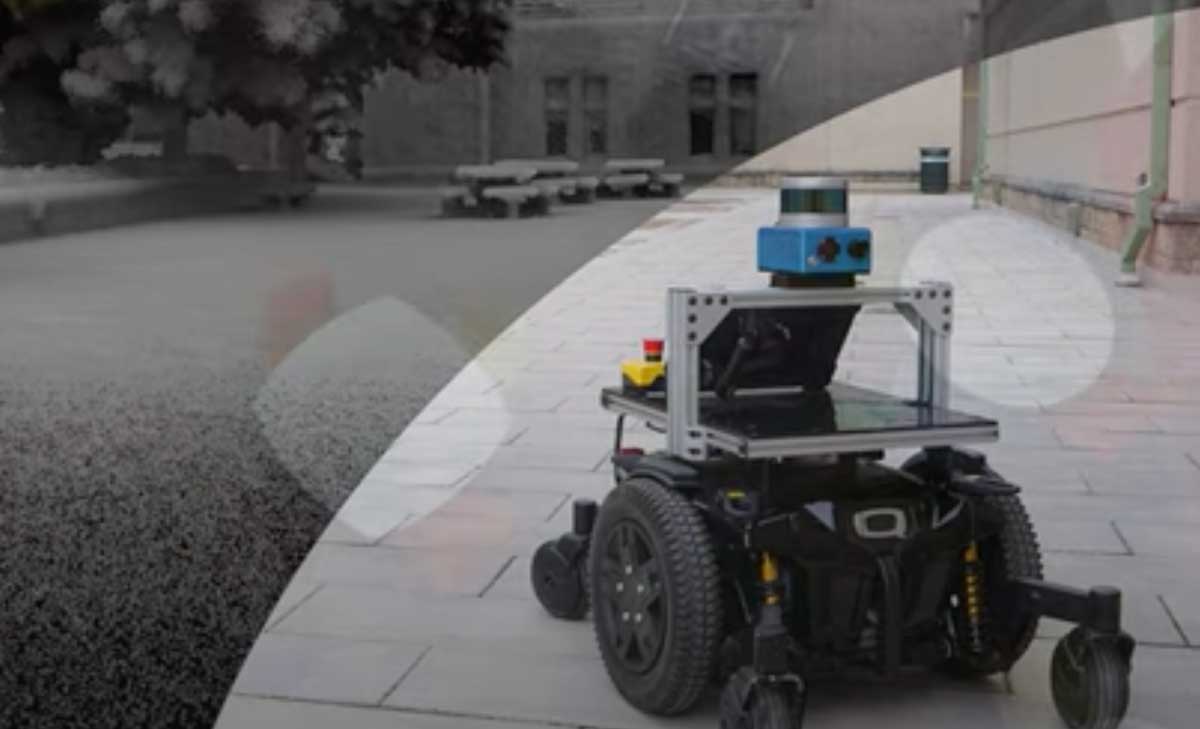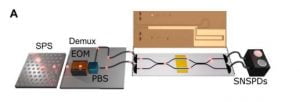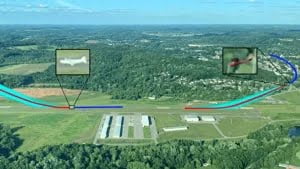
A research group at Carnegie Mellon University’s Robotics Institute has developed a suite of robotic systems and planners that enable robots to explore unknown and treacherous and unknown environments more quickly and create more accurate and detailed maps. The Autonomous Exploration Research Team’s systems allow robots to explore completely autonomously, finding their way and creating […]

For decades, scientists have been trying to solve the mystery of what makes quantum computers more powerful than classical computers. The origins of this quest can be traced all the way to Albert Einstein who famously called quantum mechanical entanglement “spooky action at a distance”. Now in a groundbreaking paper published in the Physical Review Letters, a […]

Researchers are leveraging photonics to develop and scale the hardware necessary to tackle the stringent requirements of quantum information technologies. By exploiting the properties of photonics, researchers point to the benefits of scaling quantum hardware. If or when successful, researchers say quantum hardware at scale will enable long-range networks, interconnections between multiple quantum devices, and […]

As HPC and AI continue to rapidly advance, the alluring vision of nuclear fusion and its endless zero-carbon, low-radioactivity energy is the sparkle in many a futurist’s eye. At an ISC focus session, attendees were given an overview of digital twin efforts toward fusion in the U.K. by Rob Akers, Director of Computing Programs, U.K. […]

For decades, scientists have dreamed about the incredible potential of a supercomputer powered by quantum technology. New partnerships involving the University of Chicago will bring together global leaders in education and technology to enable the next generation of high-performance quantum computing, fueling an industry with the potential to transform computing, information networks and more. The […]

From access cards and key fobs to Bluetooth speakers, the security of communication between wireless devices is critical in maintaining privacy and preventing theft. Unfortunately, these tools are not foolproof and information on how to hack, clone and bypass these systems is becoming easier to find. The post NSF-Sponsored Study Exploits Quantum Physics for Superior […]

Researchers at the the University of Warsaw’s Faculty of Physics have developed a new, highly efficient technique that makes quantum information transmission dozens of times faster. The results of the research, published in the journal Nature Photonics, may in the near future contribute to the development of superfast quantum internet connections. The post Researchers at […]

Artificial intelligence is great at doing specific tasks. But AI algorithms tend to be inflexible, not able to pick up new jobs without extensive re-refinement. The AirLab team at Carnegie Mellon University’s Robotics Institute has used PSC’s Bridges-2 system to develop a series of approaches that can allow a robot to pick up new capabilities […]

In 2018, Illinois researchers were among the first to experimentally demonstrate a new phase of matter called a quadrupole topological insulator — a unique species of material that can lend a helping hand in the search for new quantum technologies. Now, several years after the initial discovery, they and collaborators in Germany have successfully downsized […]

The Ukrainian Efarm.Pro company developed an unmanned solution for demining farm fields ahead of the upcoming planting season. Efarm.Pro is a manufacturer and distributor of agricultural equipment, precision farming systems and has been integrating the latest technologies in the agricultural sector since 2014. The company designs and manufactures auto-steering solutions for tractors in the agtech […]










